The Threat of Parasites in Humans
A parasite exists and feeds upon another living body or host. Some parasites can make humans sick enough to die, and they are much more common than one would suspect. Intestinal worms are probably the most well known and repugnant of parasites in humans.
1. Roundworms
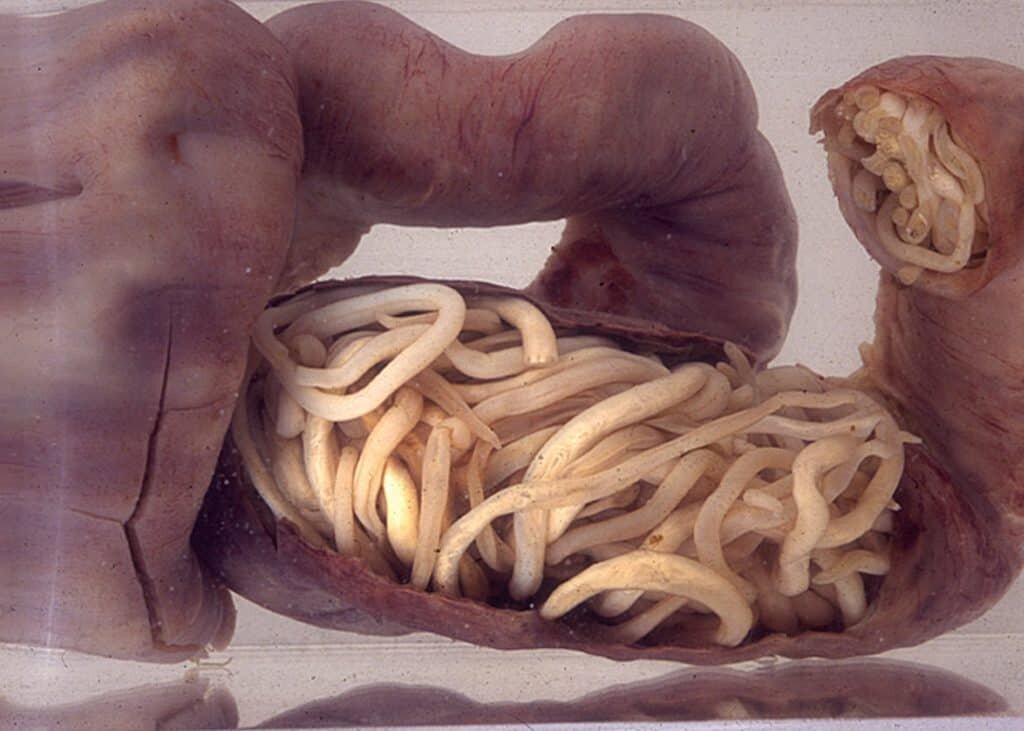
Everyone loves the family dog. Are you sleeping with yours?
Roundworms are parasites shaped rather like earthworms, but they can grow even longer inside the proper host. They are pale, smooth, and slimy. They move to human hosts through the infected feces of the dog. The dog may have small bits of feces in the fur or on the tongue.
Who was Responsible for the Anthrax Letters?
If the dog is allowed to lick someone’s face or mouth, or if the feces is not properly disposed of, the worm eggs can be transferred to a human host.
Once inside a human, the eggs hatch in the digestive tract. The immature worms then travel around in the body, causing a worm infection called toxocariasis. Coughing up squirming roundworms results in swallowing, which puts them back into the digestive tract to mate and lay more eggs. The worms cause wheezing, coughing, nausea and sometimes intestinal blockage.
2. Toxoplasma Gondii
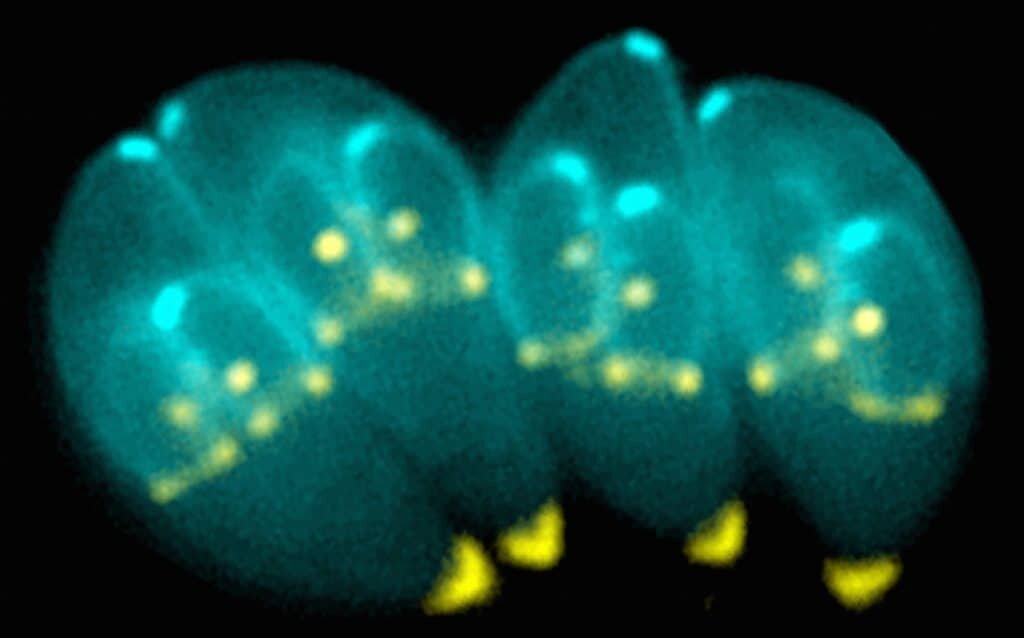
The family cat hosts an even uglier parasite, toxoplasma gondii. Rats begin hosting the parasite, and the cat eats the rat. The real fun begins when humans contact cat feces by way of litter boxes or sand box play, and Toxoplasma gondii finds its way into a human, all the way to the brain. While roundworms can make you sick, Toxoplasma infection can drive you crazy. The Danish Psychiatric Central Research Register found a strong connection between infection and suicide. In fact, those with the highest infection rates were 91 percent more likely to attempt violent suicides with knives or guns. In 2003, E. Fuller Torrey of the Stanley Medical Research Institute in Bethesda, Maryland located a link between Toxoplasma infection and schizophrenia. This finding may open a whole new can of worms.
3. Loa Loa Worm
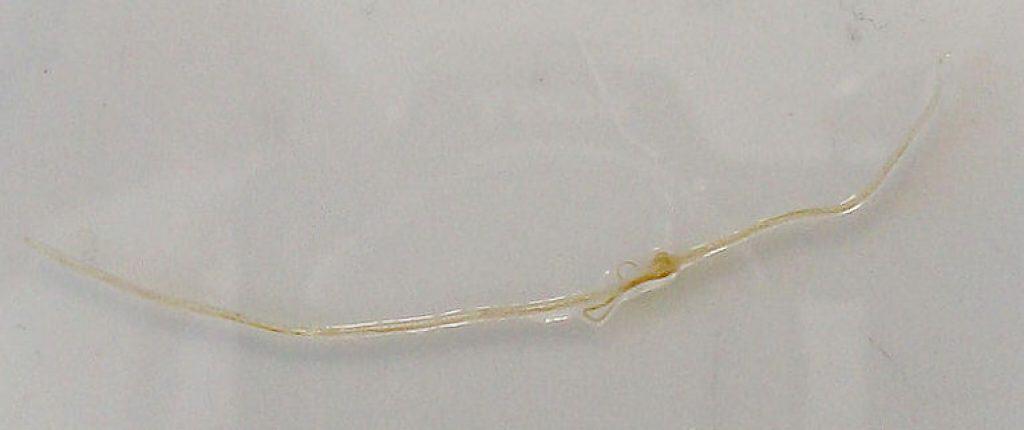
West Africa is the perfect place to get bitten by a deer or mango fly. With the bite, the loa loa worm gets free access to humanity and begins to feed upon fluids in body tissues. The worms hide out in the bloodstream during the day and move to the lungs at night, causing a wracking cough. As if that weren’t enough, they occasionally move on the eye fluids, causing severe pain and vision loss.
4. Hookworm
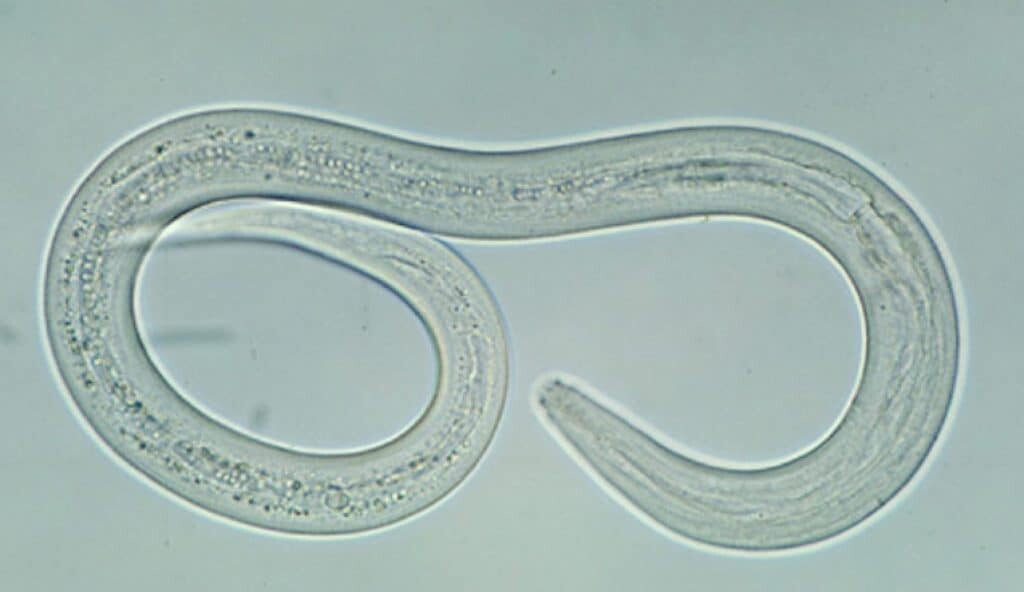
The history of hookworm is one of yellowish pallor, small stature, and mental dullness. In the 1800s and early 1900s, inadequate sanitation was often the norm. Hookworms hatched and bred in the warm, sandy soil of states like Mississippi. They are a thread-like worm with hooking ‘teeth’ for attachment. People in the south often did not wear shoes, and the worms burrowed their way between peoples’ toes. One of the most visible signs of infection was emaciation and ‘pot belly’, an extended stomach. Death eventually resulted.
5. Flukes
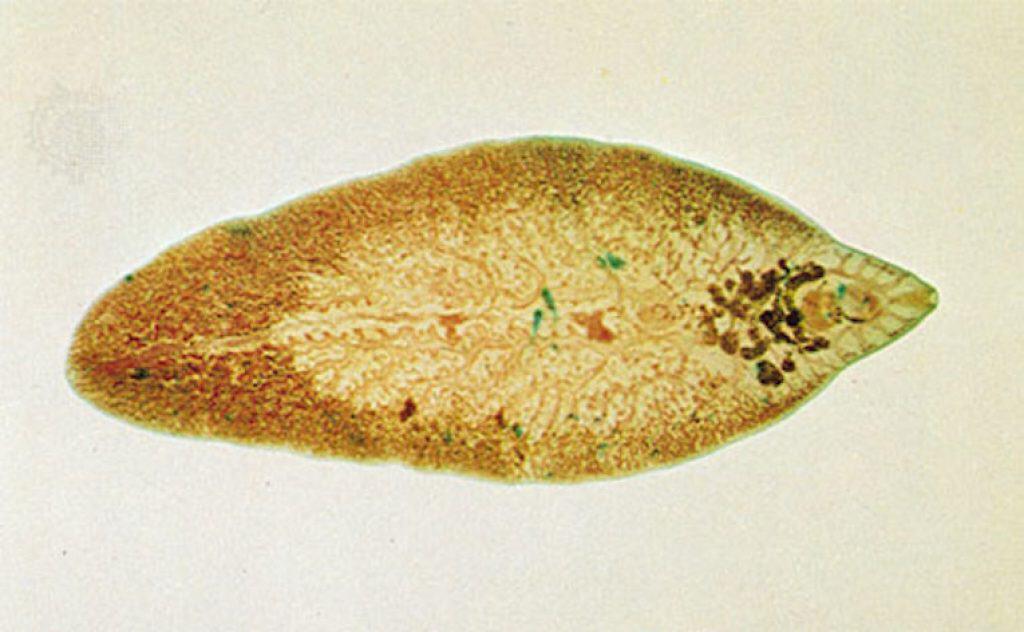
Being trematodes. they are flattened, oval-shaped worms, hence the Old English name, fluke. Their most repulsive features are the suckers surrounding the mouth. The mouth suffices for two purposes: ingesting food and expelling waste, a particularly noxious dual function.
You May Also Like: Spontaneous Human Combustion
They are masters at environmental accommodation, and can be ingested from something as innocuous as consuming watercress, or as risky as dining on raw fish. Their survival tactics are not limited to outdoor living. Once inside a human, they sometimes penetrate the liver as cysts, which hatch and migrate to the bile ducts, causing serious malfunction there. Abdominal pain, diarrhea, and intestinal-wall erosion are some of their common trouble tactics.
The world of parasites is far-reaching, practically invisible – and quite possibly inside you.
Sources:
Pets and Parasites
Organic NutritionScientific AmericanLivescience
Healthline
Scientific American
Livescience
Parasites Info